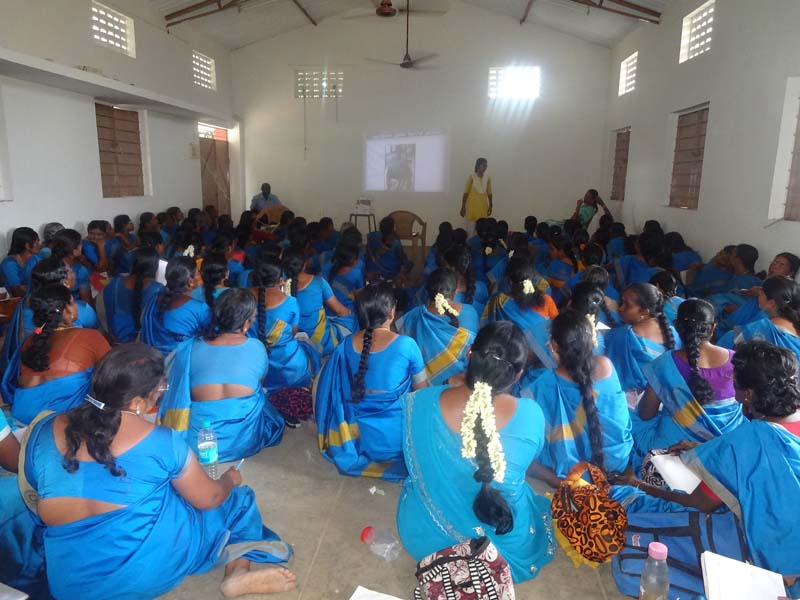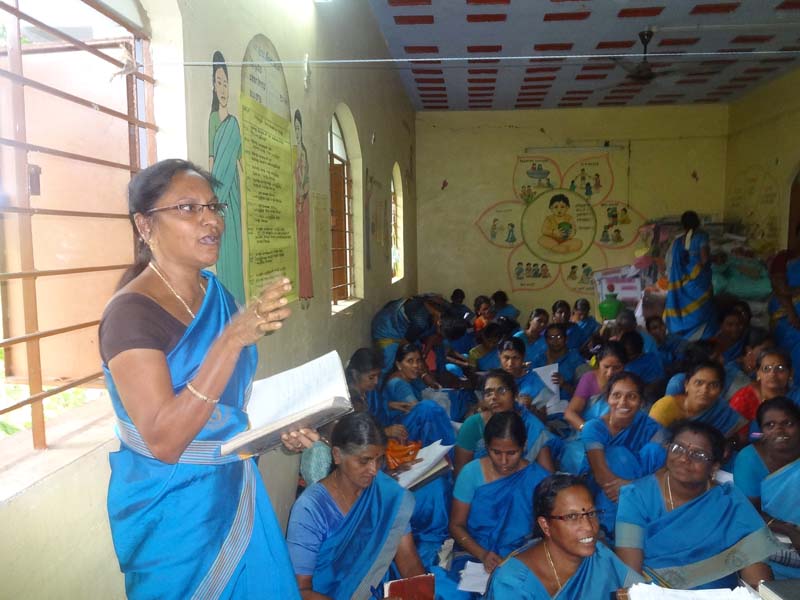HEALTH e-VILLAGES
HEALTH eVILLAGE
Donato Tramuto, the Chairman and CEO of Physicians Interactive and the Founder of Health eVillages, presented two awards for healthcare programs in India and announced that Health eVillages is committed to expanding its efforts in India. The awards were made during Health 2.0 India’s “Simply Lead” conference at Bangalore’s CMR Institute of Technology, where Tramuto was also asked to provide closing remarks.
Tramuto announced two grants from Health eVillages during the conference, which focuses on rebooting and reframing leadership in India for the needs of 21st Century healthcare. The awards were presented to Dr. B.R. Lakshmi for her efforts to eradicate Duchenne Muscular Dystrophy (DMD) in the country, and to Kid Powered Media for its work on social issues faced by street, slum and working children in India.
Followed by the award Dr. B.R.Lakshmi and Tramuto came with collaboration on pilot project to create the awareness about the orphan disorders, viz Duchenne Muscular Dystrophy (DMD) and Spinal Muscular Atrophy (SMA) among the rural people through Angnwadi’s by using the technology.
Under the ICDS (Integrated Child Development Service Scheme), one trained person is allotted to a population of 1000, to bridge the gap between the person and organized healthcare, and to focus on the health and educational needs of children aged 0-6 years. This person is the Anganwadi worker. Their services also include the health and nutrition of pregnant women, nursing mothers, and adolescent girls. Today in India, about 2 million anganwadi workers are reaching out to a population of 70 million women, children and sick people, helping them become and stay healthy. Anganwadi workers are the most important and oft-ignored essential link of Indian healthcare.
In Coimbatore district, there are 14 blocks, 46 PHC (primary health centres) and 328 HSC (health sub centre). In these blocks, we have 1688 Anganwadis working under ICDS for 854489 populations in the rural places.
Usually we explain with the aid of PowerPoint presentations and videos in laptops during the trainings. In this pilot project, we used the iPads and mini projectors for training. During the short visual interaction we gave them awareness about this lethal genetic disorder and quick tips to identify the suspected cases of children with DMD/SMA related videos. This effect would further strengthen our goal to not leave any kid with DMD/SMA unidentified. The trainees were provided with the pre and post questionnaires which will help us for betterment of the project further. We successfully completed the training over all the given districted within the stipulated time period.





